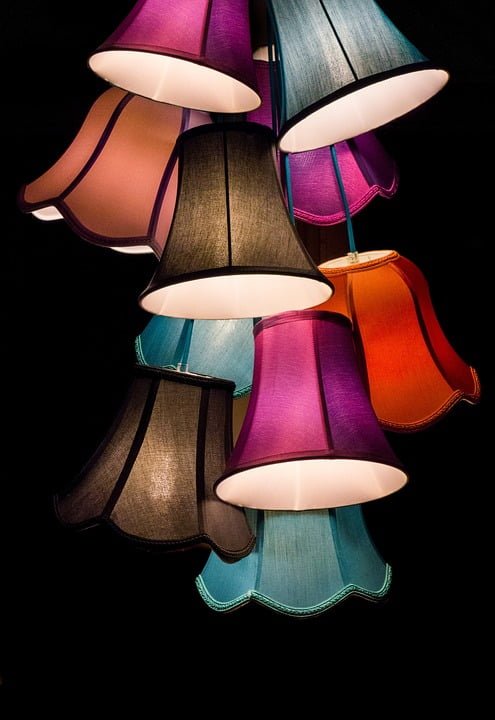[ad_1]
Thriving Greenery: The Ultimate Guide to Indoor Plant Care
Indoor plants not only add a touch of nature to your living space but also offer countless health benefits. From improving air quality to boosting mood and reducing stress, the benefits of indoor plants are endless. However, in order to enjoy these benefits, it is important to care for your indoor plants properly. In this comprehensive guide, we will walk you through everything you need to know about indoor plant care, from choosing the right plants to tips for watering and fertilizing.
Choosing the Right Indoor Plants
Before diving into the world of indoor plant care, it is essential to choose the right plants for your space. Consider factors such as light conditions, humidity levels, and your own lifestyle when selecting indoor plants. Some popular indoor plants that are easy to care for include pothos, spider plants, snake plants, and peace lilies. These plants thrive in a variety of indoor conditions and require minimal maintenance.
Lighting Requirements
One of the most important factors to consider when caring for indoor plants is lighting. Different plants have different lighting requirements, so it is crucial to place your plants in the right spot in your home. Plants that require high light, such as succulents and cacti, should be placed in a sunny window where they can receive at least 6 hours of sunlight per day. Plants that thrive in low light, such as pothos and snake plants, can be placed in a corner away from direct sunlight.
Watering and Humidity
Proper watering is key to keeping your indoor plants healthy and thriving. Overwatering is one of the most common mistakes that plant owners make, so it is important to water your plants only when the top inch of soil is dry. Different plants have different watering needs, so be sure to research the specific requirements of each plant in your collection. In addition to watering, maintaining proper humidity levels is also essential for indoor plant care. To increase humidity around your plants, you can place a humidifier nearby or group plants together to create a microclimate.
Fertilizing Your Indoor Plants
In addition to proper watering and lighting, indoor plants also require regular fertilization to stay healthy and vibrant. Choose a balanced, water-soluble fertilizer and dilute it to half strength before applying it to your plants. Fertilize your indoor plants every 4-6 weeks during the growing season, which typically runs from spring to fall. Be sure to follow the instructions on the fertilizer package and avoid over-fertilizing, as this can harm your plants.
Pest Control
Unfortunately, indoor plants are not immune to pests, so it is important to be on the lookout for common pests such as spider mites, aphids, and mealybugs. To prevent pests from infesting your plants, regularly inspect the leaves and stems for any signs of damage or pests. If you do spot pests, remove them by hand or use insecticidal soap to treat the infestation. It is also a good idea to isolate any infested plants to prevent the pests from spreading to other plants in your collection.
Repotting Indoor Plants
As your indoor plants grow, they may outgrow their current containers and require repotting. Repotting allows your plants to have more room to grow and access fresh, nutrient-rich soil. Signs that your plant needs repotting include roots growing out of the drainage holes, the plant becoming top-heavy, or the soil drying out quickly. When repotting, choose a container that is 1-2 inches larger than the current container and use a well-draining potting mix to promote healthy root growth.
Common Indoor Plant Care FAQs
How often should I water my indoor plants?
The frequency of watering your indoor plants depends on factors such as plant type, light conditions, and humidity levels. In general, it is best to water your plants when the top inch of soil is dry to the touch.
Do indoor plants need fertilizer?
Yes, indoor plants require regular fertilization to stay healthy and vibrant. Choose a balanced, water-soluble fertilizer and apply it at half strength every 4-6 weeks during the growing season.
How do I know if my indoor plant is getting enough light?
If your indoor plant is not receiving enough light, it may display symptoms such as yellowing leaves, leggy growth, or stunted growth. Move your plant to a brighter spot if you notice any of these signs.
By following the tips and guidelines outlined in this ultimate guide to indoor plant care, you can ensure that your indoor plants thrive and bring joy to your living space. Remember to tailor your care routine to the specific needs of each plant in your collection and stay vigilant for signs of pests or other issues. With a little effort and attention, you can enjoy the beauty and benefits of indoor plants for years to come.
[ad_2]



